How does it work

en
 English
English
 Deutsch
Deutsch
 Italiano
Italiano
11 May
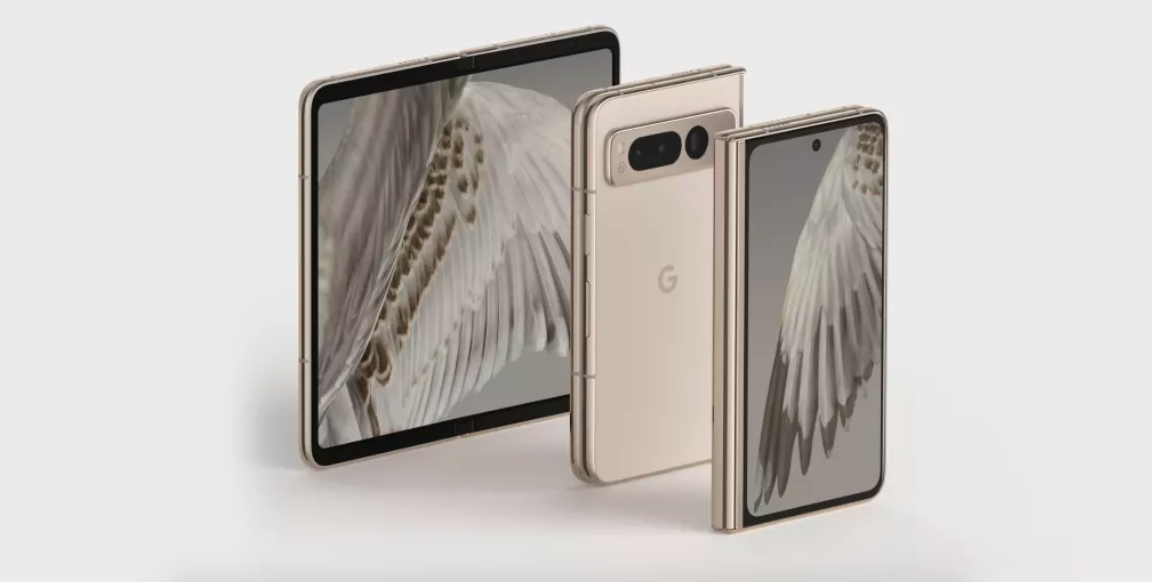
We’re slowly coming around to the utility of the folding phone, noting that this uncommonly complex device comes in two formats. The first, the clamshell, cleverly updates the must-have mechanism of the 1990s, condensing a conventional smartphone screen into a package that’s half the size.
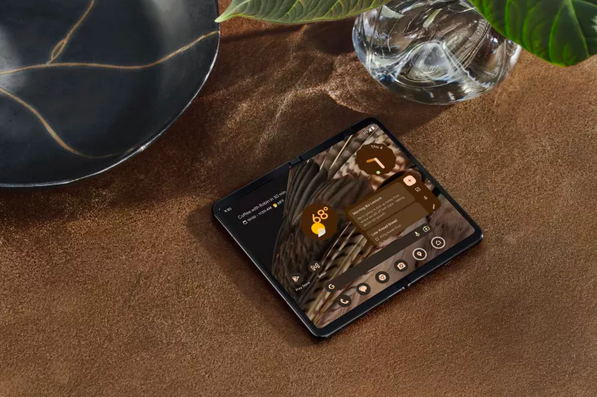
The second type of folding device has been much more contentious. Full-size foldables effectively double the available screen real estate by opening out like a book. Engineering a hinged screen that stays near flat, avoids a visible crease and can endure repeated use troubled many of the early adopters, most notably Samsung, while other firms, like Microsoft, did away with a folding screen in favour of two separate units.
Now, Google is getting in on the act, indicating that the foldable market has finally come of age. The new Pixel Fold goes head-to-head with the current reigning device, Samsung’s Galaxy Z Fold 4, although it also has to beat the Oppo Find N and a new device from Honor, the Magic Vs. Here’s how the major players stack up.
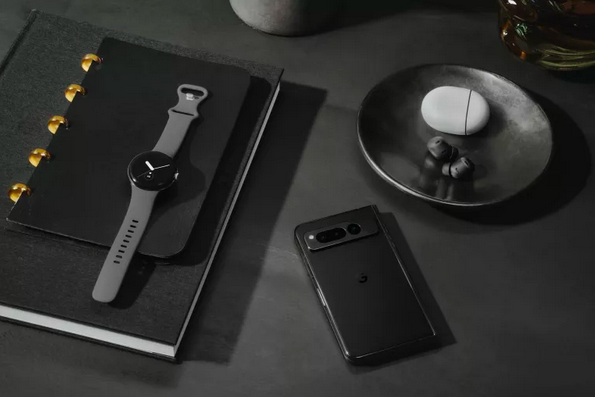
We have high hopes for Google’s first foldable, due to be shipped in June 2023. Preview images show a solidly engineered double-screen device, with the exterior following the familiar Pixel design language. Open it up and the interior contains a 7.6in screen with a relatively large bevel but a much slimmer overall profile.
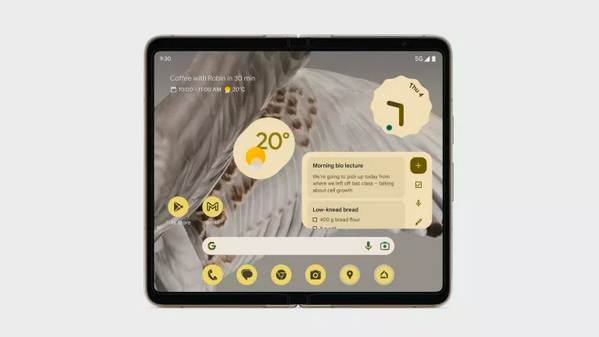
Google is calling the interior screen a ‘tablet’, rather than a phone, and we can assume that the company’s own eco-system will be tweaked to make the most of the space – with two apps side by side, you can drag and drop images into a messaging app, for example. Tabletop mode is designed for watching content and making video calls, and the rear holds the highest quality selfie camera the company has ever created. Android 14 – due later in 2023 – will bring a new ‘interpreter’ mode, allowing real-time translation across two screens.
Google Pixel Fold, from £1,749, Store.Google.com
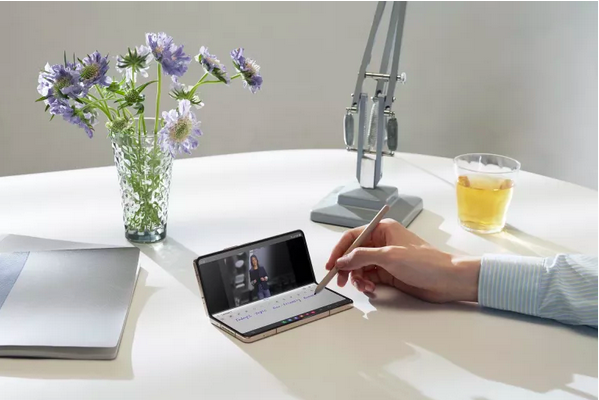
Soon to be replaced by the inevitable Galaxy Z Fold 5, the Z Fold 4 is currently the top-rated pocket foldable. Samsung’s ongoing iterations have honed the form factor and done away with early teething troubles, and the Z Fold 4 reaps the benefits of this experience. Although Google has sensibly gone for a similar main screen size as Samsung, the latter still emphasises its support for Samsung’s S Pen stylus, even though there’s no dedicated slot to keep the pen when not in use.
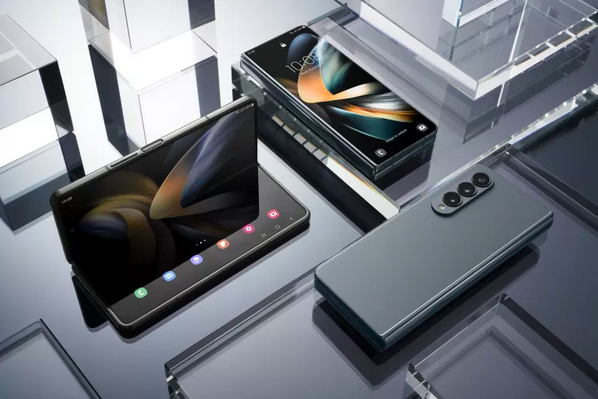
Samsung’s smoother design language allows the screen to be pushed closer to the edge of the unit and there are other enhancements like Dolby Atmos on board. This is the device Google has to beat.
Samsung Galaxy Z Fold 4, from £1,649, Samsung.com
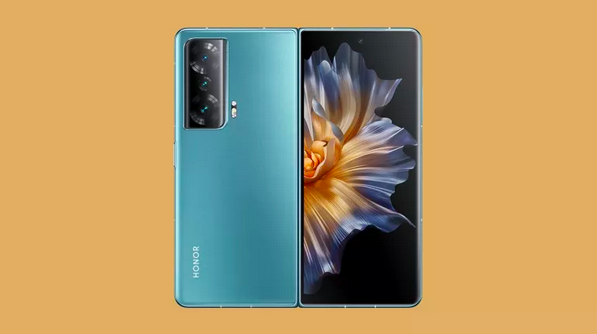
Honor’s new Magic Vs undercuts both Google and Samsung but offers a similarly high specification. The Chinese brand is launching this ‘first foldable flagship’ with a focus on lightness, long battery life and physical durability. The fold mechanism has come in for particular focus, with durability testing showing it can withstand up to 400,000 operations, with a simpler, refined design.
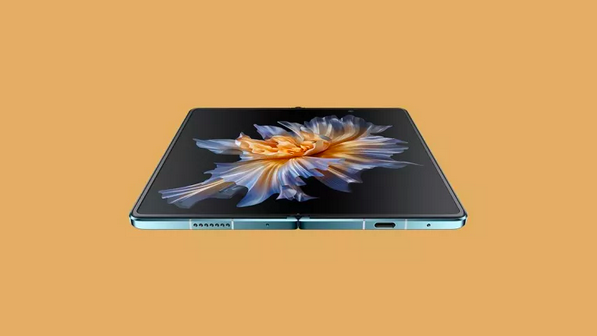
The interior display size just pips its rivals (7.9”) and folds completely flat when open, although you’ll have to use the company’s Android-derived MagicOS 7.1 software instead of Google’s admirably purist original. The Cyan-coloured case is a departure from the usually sober smartphone colourways, marking the Magic Vs out as something a bit different.
Honor Magic Vs, from £1,399, HiHonor.com
All article from wallpaper.com